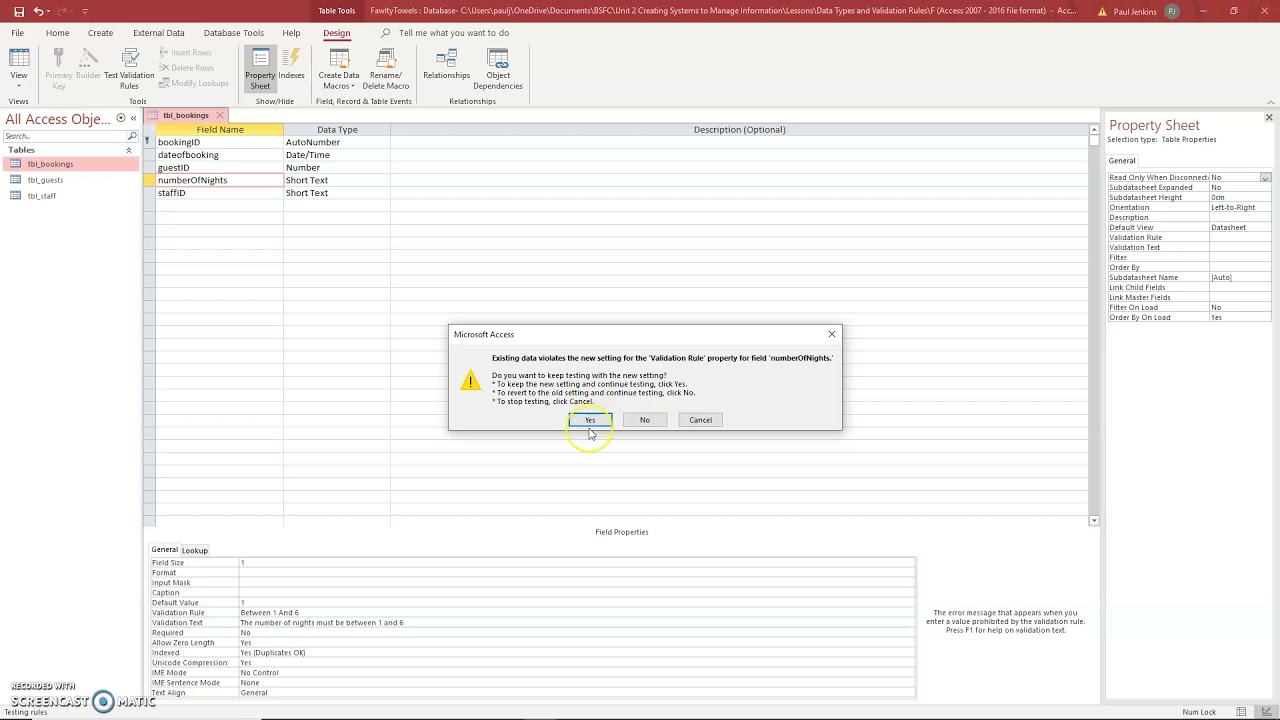Range Check
Range check is a test used in computer programming to make sure that data input into a program lies within a predetermined range of acceptable values. The purpose of the range check is to make sure that any data not in the range is identified for the programmer to address in the form of an error message. It is commonly used in ASCII protocols, but can be used for any type of data that has a range of acceptable values.
Range checks help programs recognize if an input value is invalid and should be rejected. This helps preserve the integrity of the data by avoiding the chance of having a program that processes values incorrectly. It not only helps to detect any incorrect values, but also prevent them from entering the program in the first place.
In programming, a pre-defined range of values can be set and then used to determine if a value is valid. If a value is found to be out of the range, it is flagged as invalid and an error message is typically produced. The process of a range check is fairly simple: it verifies that a particular data falls within a predefined range of values; if the data doesn’t, an error is returned.
Range checks help detect and prevent malicious activities like SQL injection and buffer-overflow attacks. They are often used in conjunction with other security measures like checksums to further ensure the integrity of data. As range checks can easily be built into programming routines, they are frequently used as a cheap and effective security measure.
A range check is an important tool for any programming project, as it helps to ensure data accuracy and compliance. By establishing a range of acceptable values and testing input data against them, it helps to maintain data integrity and protect from potential security threats like malicious attacks. It also provides fast and easy feedback for users so they can quickly address any issues that arise.






